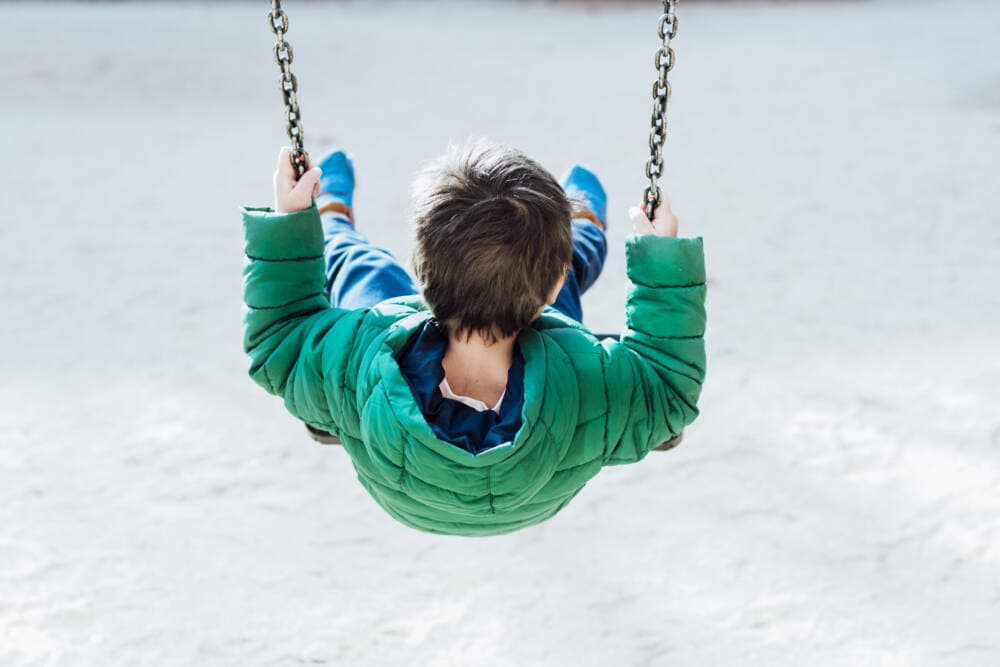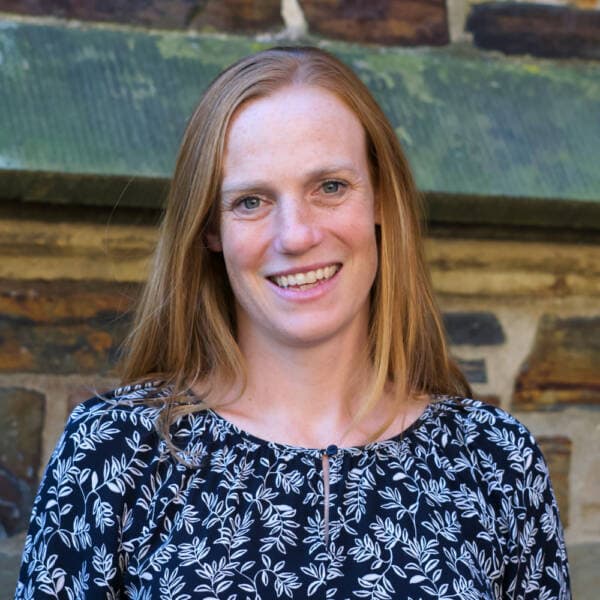Advertisement
Commentary
Why I talk to preschoolers about guns

A little boy — my 4-year-old student, at the time — bolts across the playground with his arm stretched straight in front of him, a pinecone “pistol” in his hand. “Pium pium,” he yells, “aaaawwww, pium pium pium."
My heart sinks — everything else on the playground goes out of focus and I hone in on this one child and his game. At 22, I am in the very earliest stages of my preschool teaching career, and I am uncomfortable. “Is that a hose?” I ask, in my very best silly voice (confident that I can always hook them with my silly voice). “Are you trying to squirt me with water?”
He pauses, looks at me with a sly grin, now that he knows he’d captured my attention, then spins and bolts across the playground. My confidence wanes and I chase after him, trying again, asking if he’s got a magic wand and what he wants to turn me into with it. He still doesn’t take the bait, and I try to play it cool, although my novice-teacher-panic-o-meter is now definitely in the red as I’m running out of ideas.
“Okay, time to choose a new game,” I say.
“We don’t play that here at school,” I say.
“Stop. That’s not allowed,” I say.
But what I don’t say — not once — is the G-word. I don’t say gun.
Fast forward 20 years. School shootings, like the recent one in Nashville, have become increasingly frequent. At 42, I am a mom, a preschool director and a human who desperately wants the world to be better, safer and happier. My stance has evolved over the past two decades. I talk about guns now. I talk about them with children.
“How did you get the idea for that gun game? Did you see someone play it before?” I say.
“Have you asked your friends whether playing guns is fun for them, too?” I say.
“Guns make me feel scared, because they can hurt people,” I say.
In my professional work, I’m guided by a philosophical approach to education that comes from the schools of Reggio Emilia, Italy. There, even the youngest children are seen as competent members of society who are capable of deeply understanding complicated topics and solving problems if offered the right tools. Children’s dramatic play with guns is simply children making use of their hundred languages to show what they know and what they wonder. When I see children pretending with guns, I see them saying “I know something about this,” “I feel that it’s important,” and “I want to understand.” I know that it’s my duty to answer their questions, offer them information, and acknowledge their feelings and ideas so that we can co-construct a deeper understanding of the (sometimes scary, sometimes violent) world together.
Advertisement
The work of Diane Levin and others has described how shutting down children’s pretend play with guns may actually be ineffective. Certainly, we want to address children’s violent play, but instead of trying to stop it, we should view the play as a tool — a lens into children’s understanding of the world around them, of power, control, and good or evil. Of course, conversations about guns must be developmentally appropriate, with consideration of individual children’s backgrounds, cultures and lived experiences. But as we adults monitor gun play, we have an opportunity to express thoughts and feelings about violence, a responsibility to discuss gun safety and an invitation to be part of changing the future.
Children have the right to be part of conversations about hard things -- things that make us uncomfortable.
I often wonder about 62-year-old Caitlin. Especially after hearing about the beautiful things that are lost in school shootings, it could feel easy to imagine an even increasingly depraved world — where guns have become even more accessible than ever, where I plan lockdown drills as frequently as fire drills, and where I’ve had to evacuate a school due to an armed intruder.
But fortunately, I’m a hopeless optimist. Most of the time, I envision a very different world two decades from now, where the children — my daughters, my students, the students of the teachers I’ve mentored — have become part of solutions. The same children who were entrusted with information about hard truths and encouraged to share their wonderings and feelings and ideas about guns were able to evaluate the consequences of gun violence and to help solve some problems. Because they had been brought into the conversation early, these children were equipped to make positive changes.
Children have rights. They have the right to be safe. They have the right to express themselves. They have the right to have their questions answered — questions that often emerge in the form of play. Children have the right to be part of conversations about hard things — things that make us uncomfortable. Just as there is a push for adults to speak more openly about sensitive topics like racism with young children, we must also learn how to have appropriate but open conversations about guns and violence.
We need to say the G-word, and to let young children say it too — whether it’s with their voice, a drawing, or a pinecone on the playground.
